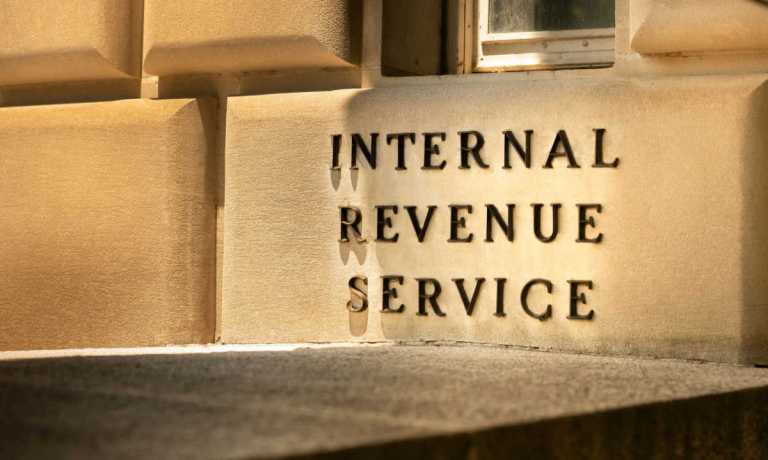
Unemployment compensation in the U.S. jumped by 1,794% between 2019 and 2020 as Americans were hit by a wave of layoffs during the COVID-19 pandemic.
That’s according to a report by the Internal Revenue Service showing that unemployment compensation rose to $405 billion in 2020, compared to $21.9 billion in 2019.
Meanwhile, total incomes rose by 5.2% – to $12.7 trillion – in a year that saw people buoyed by both extra unemployment benefits and government stimulus payments. Wages and salaries saw a slower climb, the report said, rising 1.7% to $8.4 trillion.
As PYMNTS reported earlier this month, Americans used that added income to build up their savings, banking $2.3 trillion throughout the pandemic and into the second half of last year.
But since then, a quarter of that’s been exhausted, and the saving rate has fallen below pre-pandemic levels, with the savings tally now standing at $1.7 trillion.
“Within that latter figure we see a skew,” PYMNTS noted. “Households in the top half of income distribution hold $1.3 trillion, or more than 75%, while households in the lower half of income hold about $350 billion, which had been padded by stimulus payments.”
In its report on the savings situation, the Federal Reserve said that “excess savings may help to damp a feedback loop — where a negative shock to income leads to a cut to spending, which then leads to an additional cut to income, et cetera.”
At its worst, this loop could trigger a recession. Meanwhile, the Fed report said, excess savings has driven high levels of spending for some households, which may have helped fuel persistently high inflation amid strained supply.
The Fed report also says that many of these households have used some of their extra savings to pay down debts.
But while this could give some households breathing room, PYMNTS data shows that consumers that live paycheck to paycheck — 60% of us — are three times as likely to revolve credit card debt and carry higher monthly balances.
Among cardholders that live paycheck to paycheck, 34% of who have no issue paying monthly bills, and 47% of those who struggle to pay their bills say they “always” or “usually” have a revolving balance.